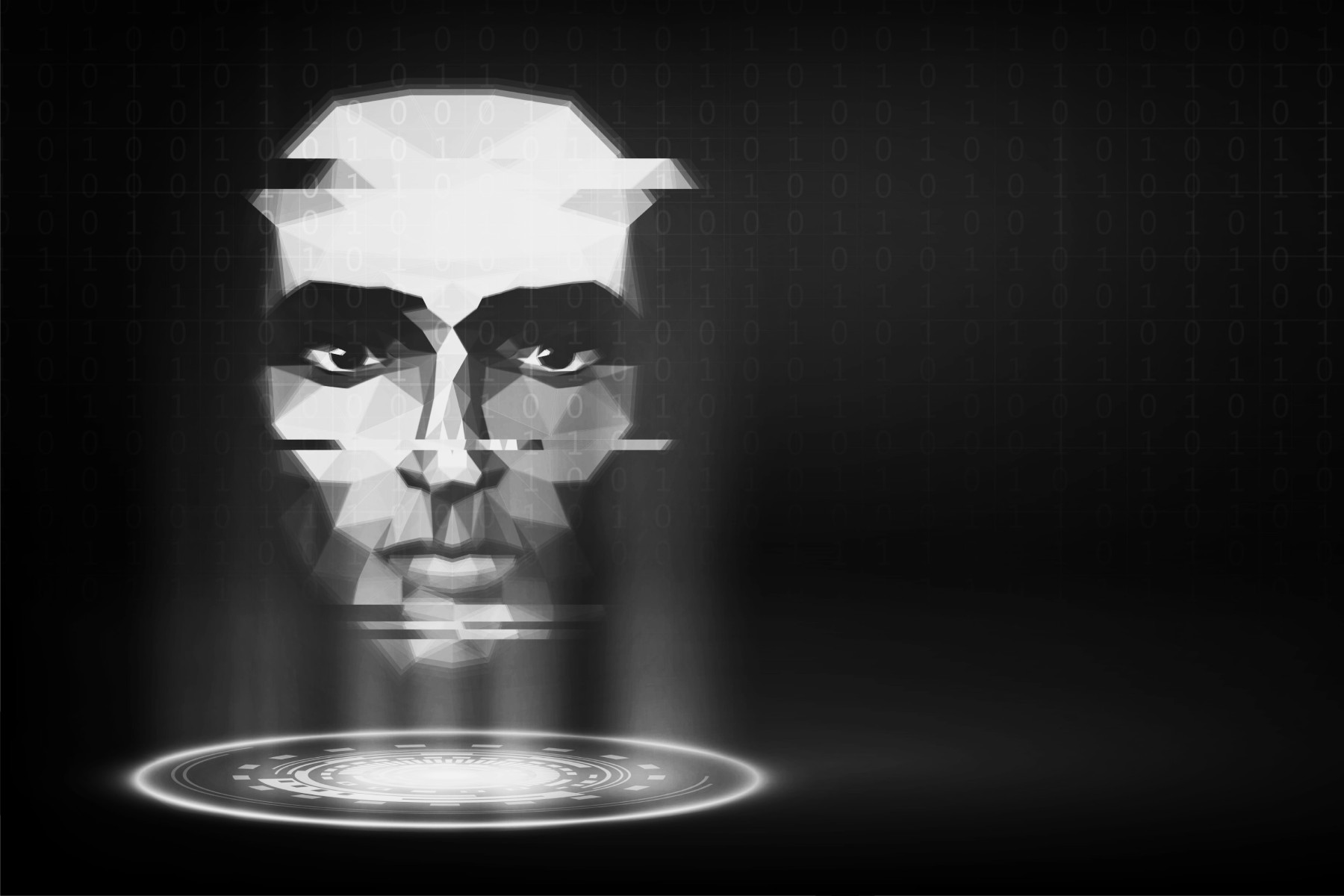
Holograms have fascinated people for decades, appearing in everything from sci-fi movies to cutting-edge tech displays. But what exactly are they? Holograms are three-dimensional images created using light beams from a laser or other coherent light source. Unlike regular photographs, which capture only the height and width of an object, holograms also capture depth, making them appear lifelike and tangible. This technology has applications in various fields, including medicine, education, and entertainment. Ever wondered how they work or what makes them so special? Let's dive into 27 intriguing facts about holograms that will illuminate their magic and potential.
What is a Hologram?
Holograms are fascinating three-dimensional images created using light. They seem almost magical, but there's a lot of science behind them. Let's dive into some intriguing facts about holograms.
-
Holograms are created using lasers. Lasers provide the coherent light necessary to record and reconstruct the 3D image.
-
The term "hologram" comes from Greek. It combines "holos" (whole) and "gramma" (message or picture), meaning a complete picture.
-
Dennis Gabor invented holography. He won the Nobel Prize in Physics in 1971 for his invention.
-
Holograms can store massive amounts of data. A single hologram can store up to 1 terabyte of information.
How Holograms Work
Understanding how holograms work can be quite complex, but here are some simplified facts to help grasp the concept.
-
Holograms use interference patterns. These patterns are created when two beams of light intersect.
-
They require a reference beam and an object beam. The reference beam is a direct laser light, while the object beam reflects off the object being recorded.
-
Holograms are recorded on photographic plates. These plates capture the interference pattern created by the intersecting beams.
-
Viewing a hologram needs light. When light shines on the holographic plate, it reconstructs the 3D image.
Types of Holograms
Holograms come in various types, each with unique properties and uses.
-
Transmission holograms are viewed with laser light. These are the most common type and require a specific light source to be seen.
-
Reflection holograms can be viewed in white light. These are often used in art and security features.
-
Rainbow holograms are used on credit cards. They show different colors when viewed from different angles.
-
Embossed holograms are mass-produced. These are created by pressing a master hologram onto a plastic surface.
Uses of Holograms
Holograms have a wide range of applications, from security to entertainment.
-
Holograms are used in security features. They help prevent counterfeiting on items like banknotes and ID cards.
-
Medical imaging uses holography. It provides detailed 3D images of internal body structures.
-
Holograms enhance data storage. Holographic data storage can hold much more information than traditional methods.
-
Entertainment industry uses holograms. They create realistic 3D projections for concerts and movies.
Fun Facts about Holograms
Holograms are not just useful; they also have some fun and surprising aspects.
-
Holograms can be made with sunlight. Although less common, sunlight can replace lasers in creating simple holograms.
-
Holographic tattoos exist. These tattoos use special inks to create a holographic effect on the skin.
-
Holograms can be interactive. Some advanced holograms respond to touch and gestures.
-
Holographic displays are being developed for cars. These displays can project important information onto the windshield.
Future of Holograms
The future holds exciting possibilities for holographic technology.
-
Holographic TV screens are in development. These screens will allow viewers to watch 3D content without glasses.
-
Holograms could revolutionize telecommunication. Imagine having a 3D video call where the person appears right in front of you.
-
Holographic storage could replace hard drives. This technology promises faster and more efficient data storage.
-
Holograms in education. They could provide immersive learning experiences, making subjects like history and science more engaging.
Miscellaneous Hologram Facts
Here are some additional interesting tidbits about holograms.
-
Holograms can be used in art. Artists create stunning 3D pieces that change when viewed from different angles.
-
Holographic fashion is a trend. Clothing and accessories with holographic materials are popular in the fashion world.
-
Holograms in space exploration. NASA is exploring the use of holograms for better visualization of space data.
The Future of Holograms
Holograms aren't just sci-fi anymore. They’re popping up in classrooms, concerts, and even medical fields. Imagine learning history with 3D figures or attending a concert where the artist appears right in front of you. Doctors can now practice surgeries on holographic organs, making procedures safer.
Businesses are also catching on. Virtual meetings with holographic participants could soon be the norm. This tech is evolving fast, and who knows where it’ll go next? Maybe one day, we’ll have holographic pets or friends.
Holograms are changing how we see and interact with the world. They’re not just cool gadgets; they’re tools that can educate, entertain, and save lives. Keep an eye out, because the future is looking pretty holographic!
Was this page helpful?
Our commitment to delivering trustworthy and engaging content is at the heart of what we do. Each fact on our site is contributed by real users like you, bringing a wealth of diverse insights and information. To ensure the highest standards of accuracy and reliability, our dedicated editors meticulously review each submission. This process guarantees that the facts we share are not only fascinating but also credible. Trust in our commitment to quality and authenticity as you explore and learn with us.
